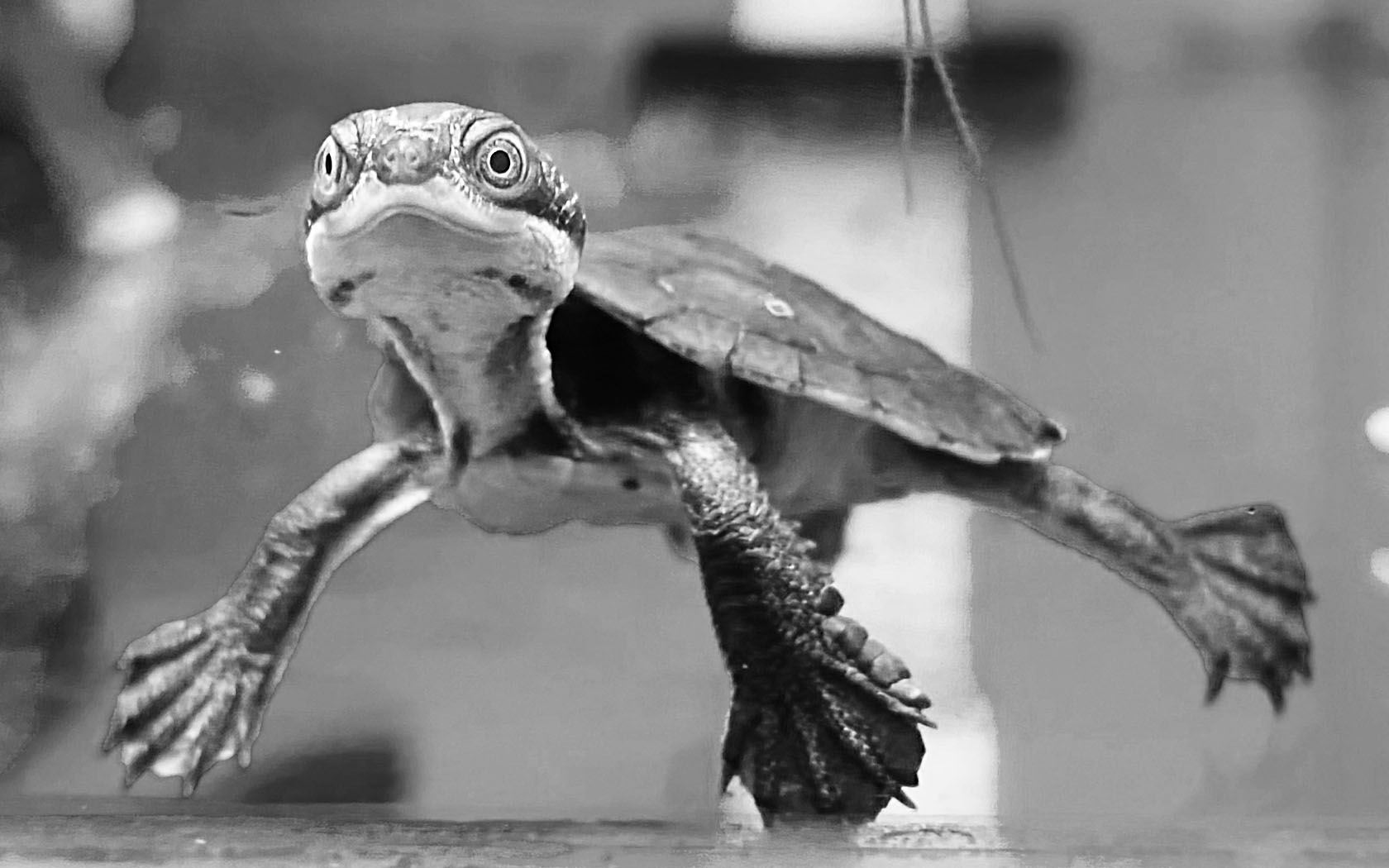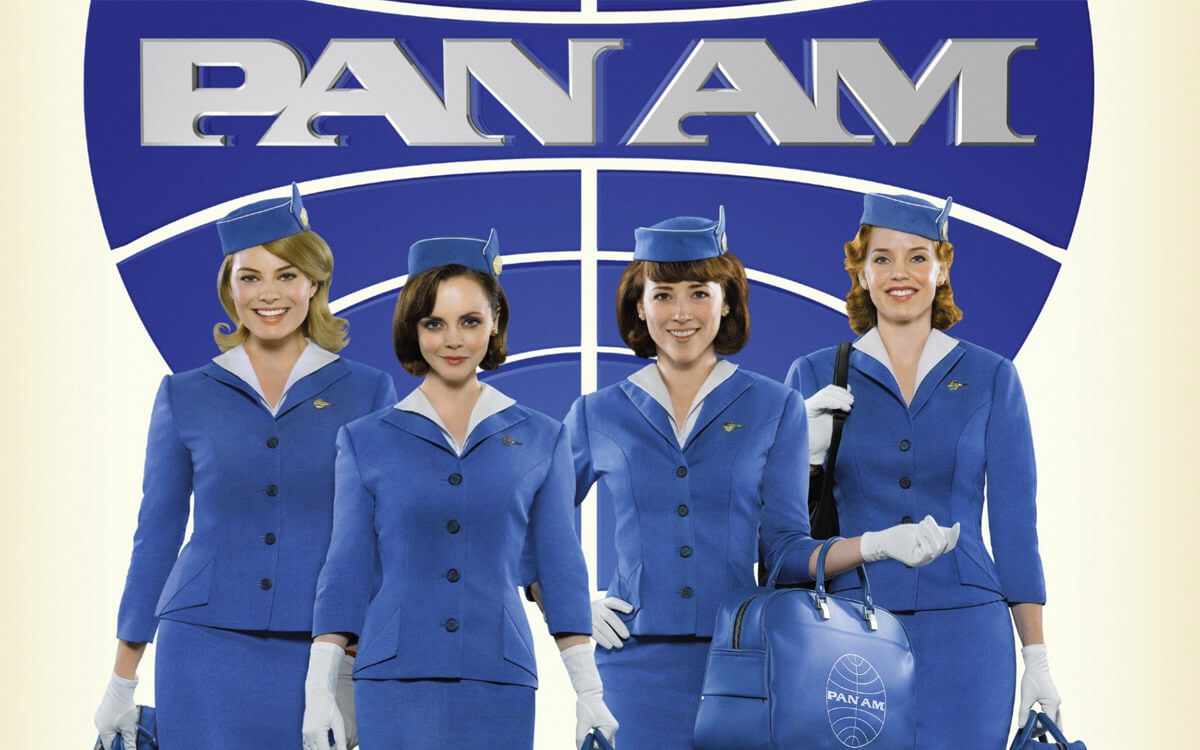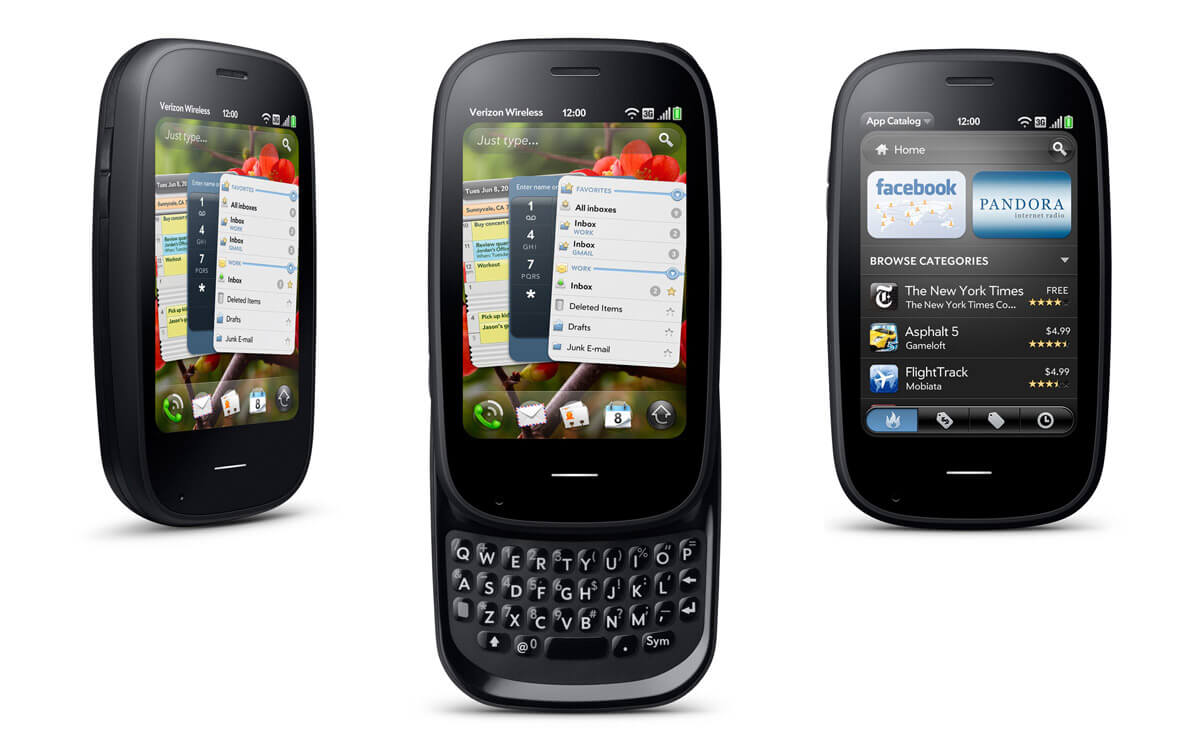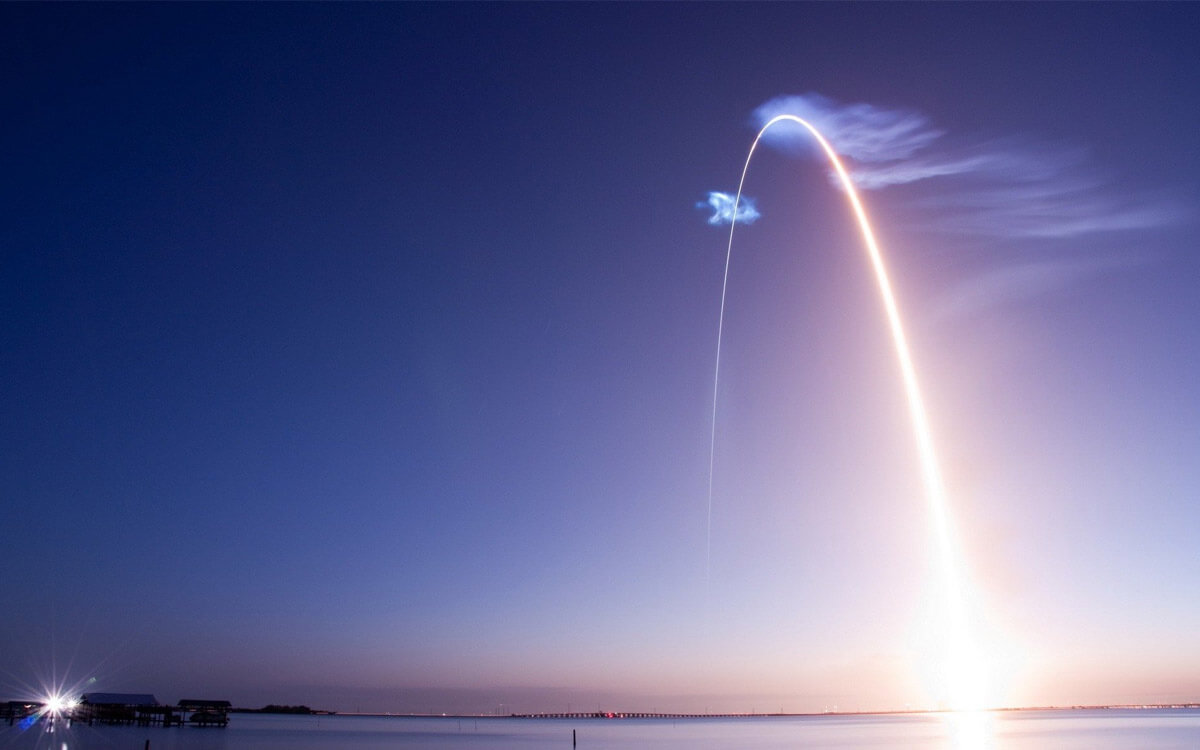Evolution of the Branded Species

Filed Under Finance
Evolution is not a theory. There, I’ve said it, creationists exhale. Theories are beliefs which remain unproven. Evidence for evolution however, is all around us; it is no longer a theory. We live in an emerging universe that is populated by evolutionary life forms.
Once limited to carbon life forms, evolution exists in brands, services, products, cities and even countries. We are evolving from analogue, to digital, to streamed. From physical, to synthetic, to virtual and also from large, to small, to nano. Evolution isn’t a theory, it is a practice leader’s embrace.
Evolution is everywhere and in everything – evolution is essential in our emerging universe. Evolution of your brand or product or service is vital to your survival, you either adapt and survive or die. Death is not a bad thing either; death kills off the weak links and bad decisions so only the strongest ideas and devices survive the predatory wolves of the market and recessions.
Are brands business lifeforms?
Brands are the predominant business life form in existence today, so how can you ensure yours survives downturns and grows stronger in a recovery? You need brand-centric evolution. This is starts with the Vision for your brand. The imaginary horizon line you are constantly aiming for will give you the focus to ensure your adaptation is in aligned to your core and not sending you off down an evolutionary cul-de-sac.
The vision is about the future, about where you will be, not what you are. Your Vision is an all-powerful statement encapsulating your reason for being. Lets look at two brands, which are in the same sector and yet have performed quite differently. In 1997, Michael Dell took to the stage and boldly declared he would shut Apple “and give the money back to the shareholders”.
How Apples brand vision saved the day
Apple was in poor shape in ’97 but Steve Jobs returned in ’98 and shortly after introduced the iMac. Just 8 short years later and with both the iMac and iPod selling like hot cakes, Apples share price reached parity with Dell. Innovations continued as the iPod evolved (smaller, more spacious, more capable) and became one of most successful consumer electronic devices ever (second only to Apple’s iPad), Apple’s value was twice Dell’s. In 2010, five years after the launch of the iPhone and just nine months after the launch of the iPad, Apple’s market value eclipse long time rival Microsoft and soared to ten times that of Dell. Apple now has enough cash in the bank to buy Dell, twice.

Pan Am was featured in Stanley Kubrick’s 2001: A Space Odyssey. In his vision of the future the brand was alive and well.

Palm, famous for it’s Pilot series of devices, questioned Apple’s ability to enter it’s category. It’s no longer in business.
Wide man once said "Innovate or die!" (Bit like survival of the fittest, for brands and business).
Dell did invent something, but not enough
While Dell innovated in JIT (Just In Time) inventory management in the 90s, Apple’s story is filled with innovations. Their innovations are business-wide – store design (highest grossing store in the world, Regent St, London), customer service (Genius Bar, counter-less retailing and now iAds), product delivery (iTunes, App Store and now MacStore) not to mention products (iMac, iPod, iPhone, AppleTV, iPad). Apple didn’t create value-chains, they created value-universes which keep contented customers cross-buying across a range of offerings both in physical and virtual stores.
Does brand innovation only happen in the tech sector?
It’s easy to dismiss Apples story as a ‘one off’, due to being a ‘tech’ company. That it’s easier for them than for you and your brand, but this is short sighted. Apples innovations starts and ends at it’s core their brand. Apples brand vision is a rallying call for mankind to progress by being empowered, not enslaved, by technology. It reads: “Man is the creator of change in this world. As such he should be above systems and structures, and not subordinate to them”. Note a distinct lack of wanting “to be the number one in X territory” or ”giving great customer service” which litters most corporate vision statements?
Business survival demands you ‘make new’
So what is innovation and how do you get some for your brand? Innovation comes from the Latin to ‘make new’. It doesn’t mean to ‘pull rabbits out of thin air’. Innovation is cross-pollinating and re-engineering to evolve something new.
Apple adapted to changing environmental conditions, like the birth of the smartphone market – then got innovative, making a new phone from available technologies. Apple didn’t invent anything new, it simply combined what existed in new and better ways – making ‘new’ from old. Touchscreens welded to iPods operated by portable versions of it’s OS created the most satisfying smartphone in history. It has done the same with Stores, Music sales, Tablets and MP3 players. All were in existence before, all have evolved into better life forms at Apple.
So what can your brand learn from all of this?
Firstly you need to have an attitude of innovation. You need to look at the word ‘problem’ in a new light. You need to see ‘opportunity’ and ‘potential solutions’ when others see ‘issues’ or ‘challenges’. The problems your customers have today are your revenue lines of tomorrow.
Go on a safari and hunt problems
To be an innovator, you need to be a problem hunter. You need to go on safari. A problem hunter knows all good problems exist in the wild – this is where their customers live and breath. Good hunters find prey by thinking like them. You need to think and live like a customer. Find their frustrations and issues and bring these insights back to the marketing department. Your issue-laden customers are your extended R&D department.
Knowing which issues to solve is where your brand comes in. The brand will give your innovation purpose. Look at Apples Vision statement and you will see where ever there are technological systems and processes standing in the way of customers they will find innovative ways to make humans the master of them. All their innovations are human-centric – they put us in control of the machines.
You don’t have to be Apple to be innovative – investigate any leading brand and you will see innovation is at the route cause of their success. Lexus is innovating in hybrid cars – they are a leading automotive company, Starbucks innovated in coffee consumption (services, products and environments) – they are a leading F&B brand. Ikea innovated in cost-centric design and distribution methodologies – they are a leading furniture retailer. Innovation is not about technology it is about removal. Removing obstacles, frustrations, and limitations. Its about positive transformation for humankind. Make life better for humans and you will profit. Simple really.
Survival of the fittest
Whether these leading brands live or die is dependent on their ability to continually evolve their offering to adapt to their changing environmental conditions. It’s survival of the fittest and thankfully, only the strongest survive.
Read our post on Brand Leadership (featuring Apple) here.

Innovation, it isn’t rocket science. You just need to be a bit creative about how you see the world.

Use your brand’s vision to drive your innovation. Think like a child, with an open mind.

